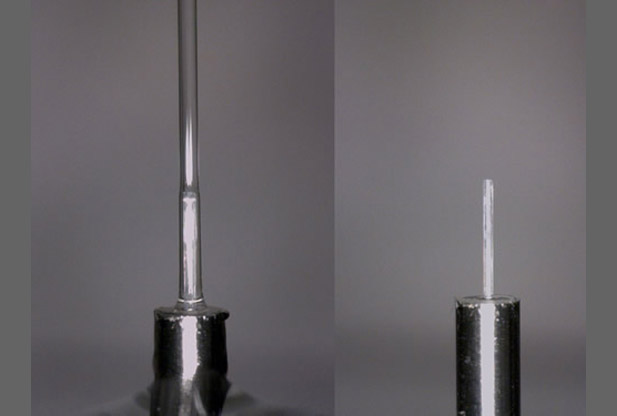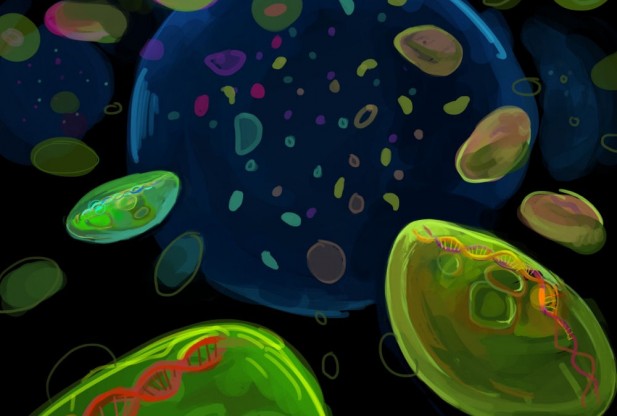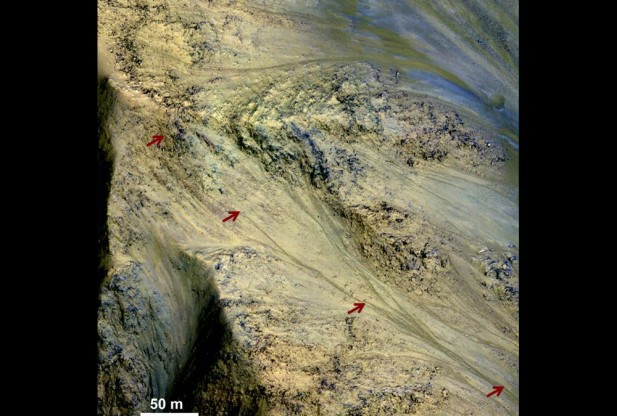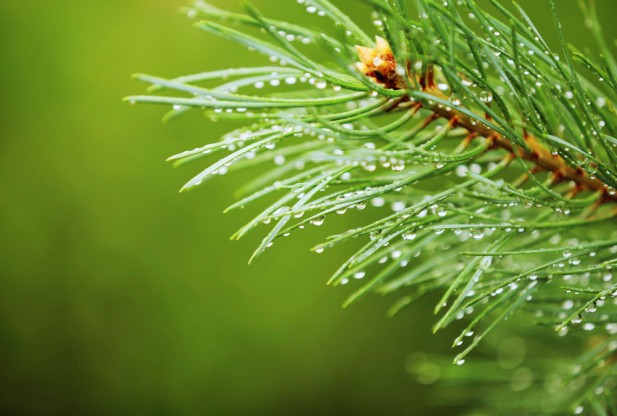Optical Society
Novel design for microfluidic sensor uses streams of unconfined water for a simpler and cheaper way to test for dangerous chemicals and bacteria

A close-up of the liquid jet sensor with the liquid jet (left) and without it (right). The jet of water is less than a millimeter in diameter.
When you shine ultraviolet light (UV) through water polluted with certain organic chemicals and bacteria, the contaminants measurably absorb the UV light and then re-emit it as visible light. Many of today’s more advanced devices for testing water are built to make use of this fluorescent property of pollutants; but the walls of the channels through which the water travels in these devices can produce background noise that makes it difficult to get a clear reading. Reported today, in The Optical Society’s (OSA) open-access journal, Optics Express, researchers in Italy have developed a pollutant detector that forgoes the channels in favor of a narrow stream of water unconfined by tubes or pipes. The naked jet of water doubles as both the sample and the collection equipment, providing a simple, cheap, and portable new tool to analyze liquids developed in the framework of the research project ACQUASENSE. Read more





